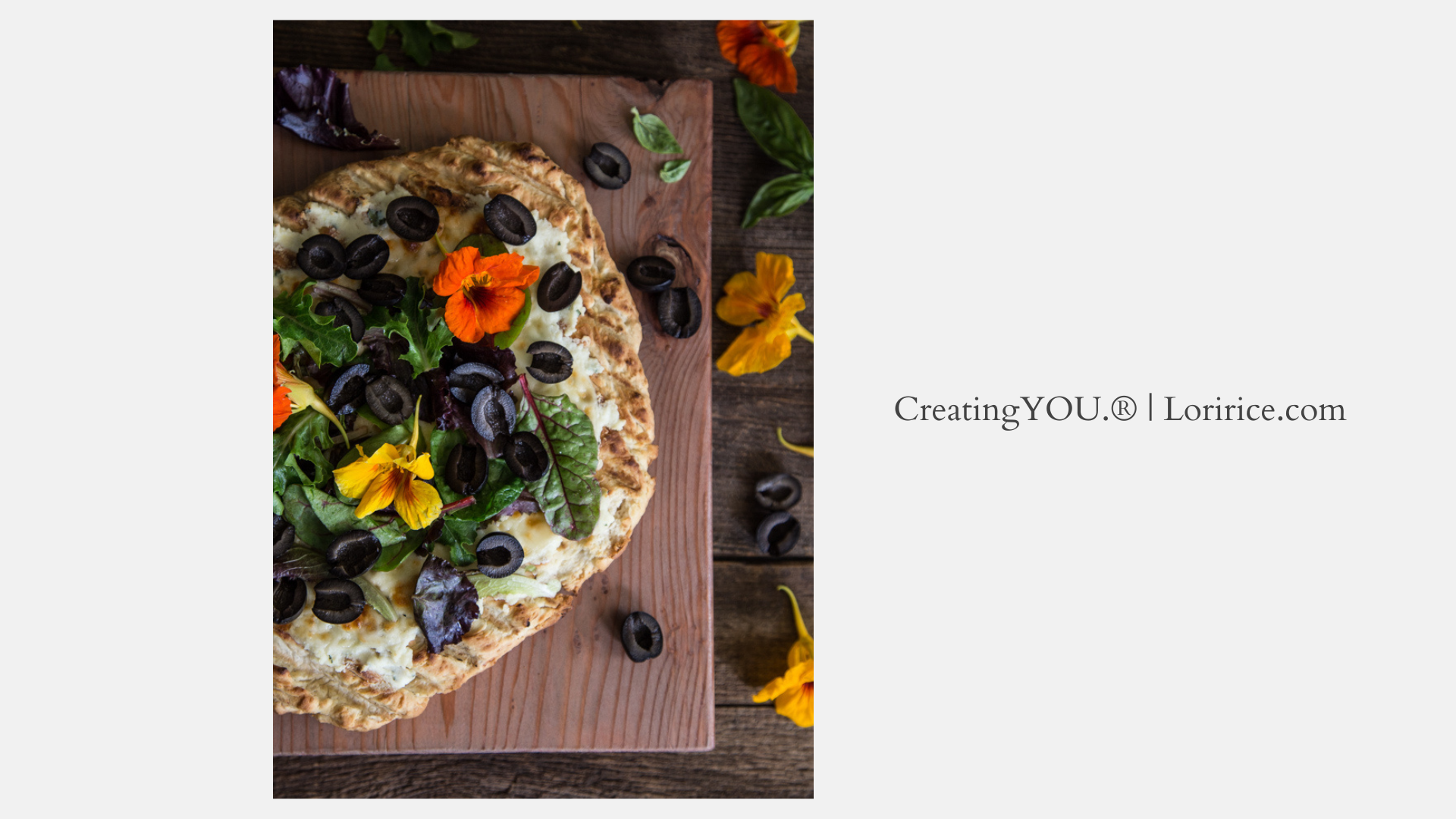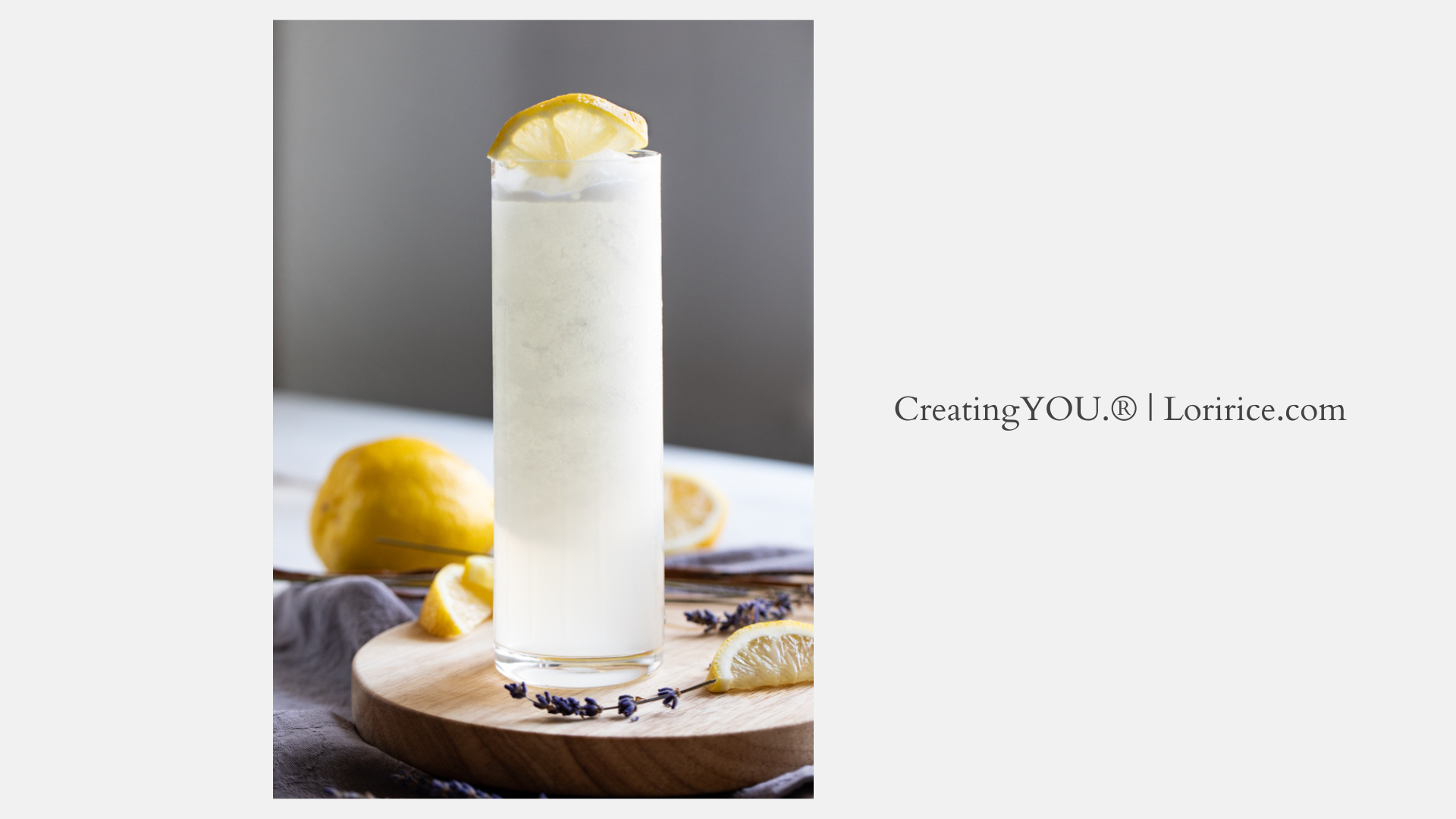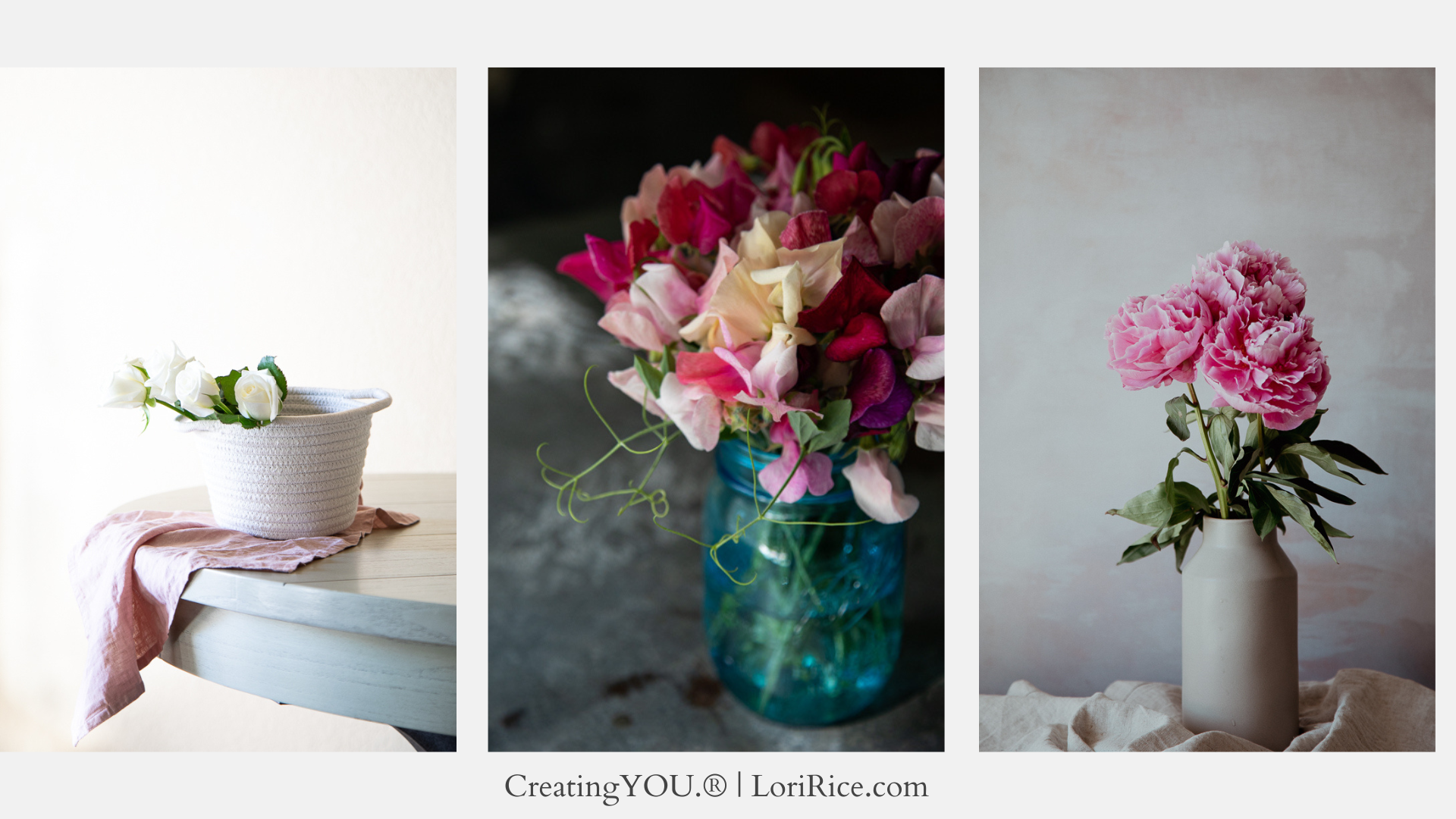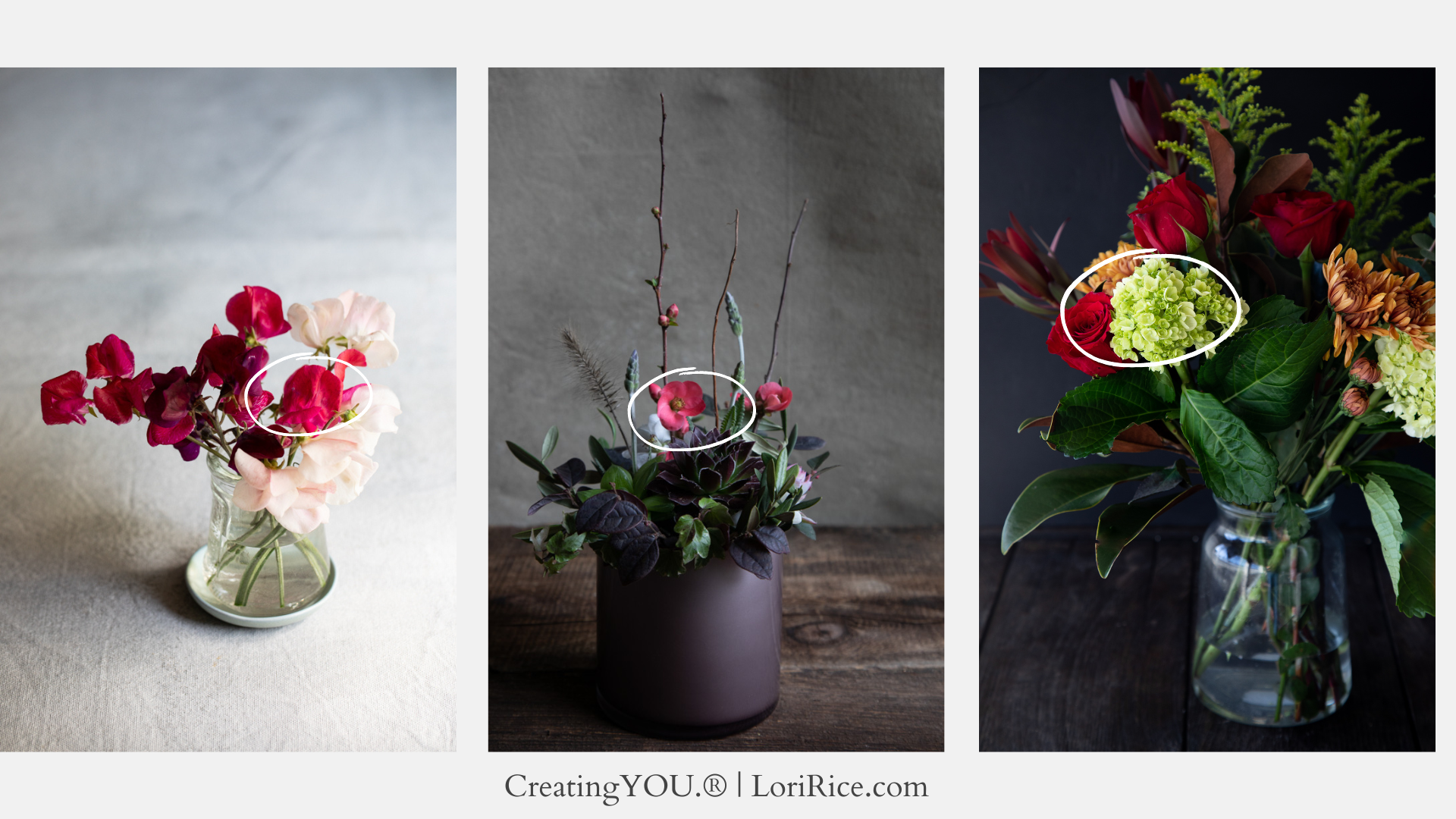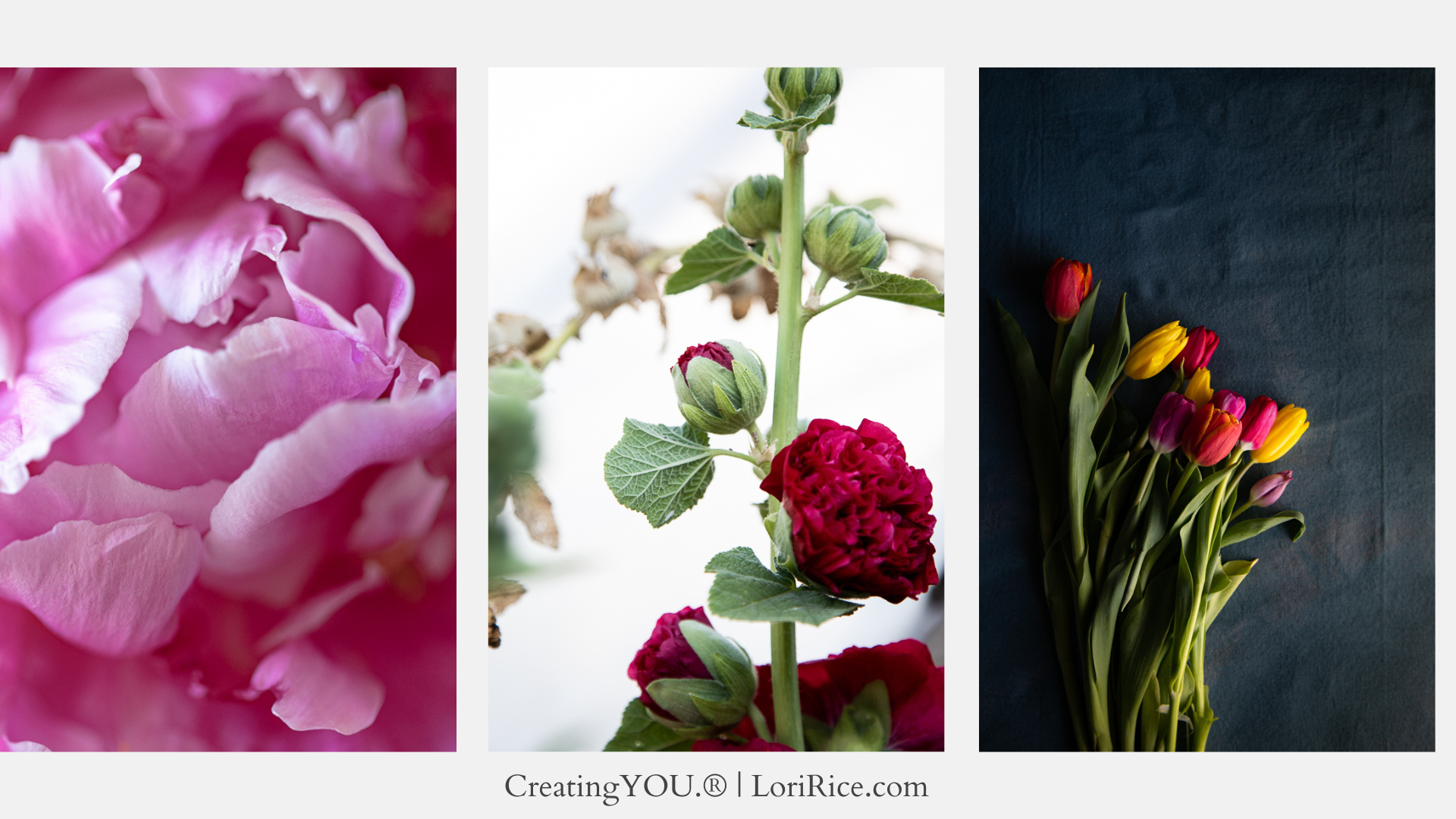One subject that I’ve enjoyed working with more in recent years is flowers. There are so many ways to capture them, so many tones and moods you can set with them.
Of course, I’ve incorporated them into my food photography.
Through edible flowers.
And with dried lavender when it’s been in a recipe.
But photographing flowers in the wild, on farms, and in arrangements has been a new challenge that I absolutely love.
I’ve had the opportunity to teach about flower photography and I’m thrilled that I’ll be co-teaching an in-person workshop this September with Alicia Schwede at her Fleurs Creative studio in the Historic Downtown Snohomish, Washington outside of Seattle.
You know her on Instagram as Flirty Fleurs and her skill in floral design is unmatched. What she creates is absolutely stunning.
It’s hard to tell if I’m more excited to help people photograph the beautiful creations she helps them make or about the opportunity to be able to photograph them in her beautiful studio. It’s in a 100+-year-old building with all the historical touches, like exposed brick, that you’d expect!
In preparation for our teaching together, I asked Alicia if she had three tips for floral design and prep so that I could pair those with my three trips for photographing those creations.
Here are her tips:
Remove foliage that will be below the water line. By doing this you'll keep the water cleaner as foliage under water creates an environment where bacteria grows.
Trim stems at an angle. By trimming at an angle there is more surface area to take up water and rehydrate the blooms.
Use a clean vase. Between uses be sure to clean the vase out with soap and hot water to remove any traces of bacteria. This easy step will ensure longer-lasting flowers.
And once you have your beautiful, long-lasting arrangement together, here are a few of my tips for capturing its best qualities.
Know your photography style. Flowers look great in bright, vibrant settings, with muted, comforting tones, and with dark, drastic contrasts. What are you going for? Knowing this helps you control your light, set your camera, and prop your set.
Turn your hero spot towards your light. Even with a large arrangement, pick a hero spot as your point of focus. Then turn that towards your light source, not away from it.
Move yourself to capture all angles. Flower photography is not the time to strap yourself to a tripod. The best shots often come from unexpected angles. And that comes from moving yourself and the camera.

